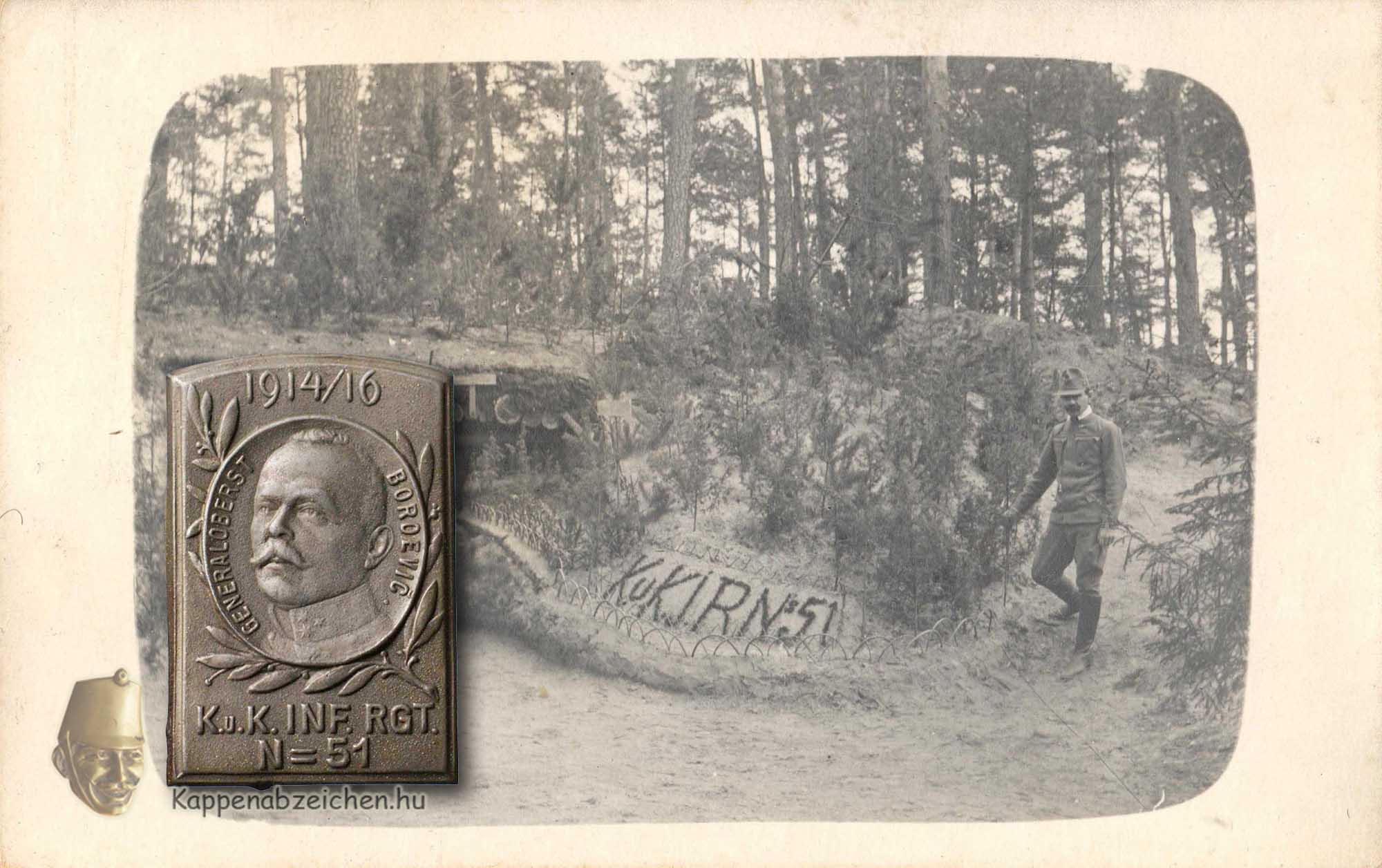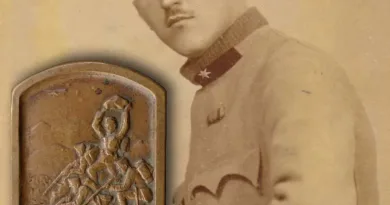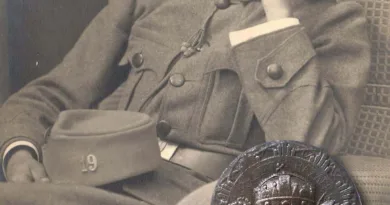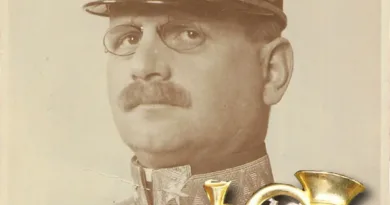IR 51 in Volhynia
The 51st Infantry Regiment was part of the Transylvanian 35th Infantry Division throughout the Great War. They were active on the Russian front until May 1917, often assigned to German troops. In May 1917, they were transferred to the Italian front as reinforcements. Here they took part in the 10th Battle of the Isonzo, repelling the fiercest Italian attack on the Hermada Heights. This was followed in August by the 11th battle, in which the regiment again excelled in the defense on the Karst Plateau, this time around Brestovica. The division, exhausted in the two battles, was ordered to a quieter front section along the Piave after the breakthrough of the Italian front. After the failed Piave Offensive, the 35th Division was sent to France, around Verdun, in July 1918. Here, the positions around St Mihiel were soon pushed back by the overwhelming Entente offensive. At the end of the war, they retreated from the positions here to Kolozsvár, where they arrived on December 6. Here, the staff of the 51st Infantry Regiment was demobilized despite the ongoing Romanian incursion. Two weeks later, the Romanians broke the previous armistice agreements and occupied Kolozsvár without major resistance.
I have attached a picture chosen from Gábor Csiszér’s collection to the post. According to all indications, this was made on the Russian front, presumably in the spring of 1916, when there was still calm in this part of the front. Soldiers had quite a lot of free time after completing their required services. In the third year of the war, their commanders did not take this away from them with more or less unnecessary exercises and marching. There was also time to beautify the neighborhoods. In the attached photo, we see one of the regiment’s platoon commanders next to the flower bed created next to his cover.

Three insignia of the 51st Infantry Regiment are known. In addition to the usual enameled flag insignia, a rarer version shows a battle scene of the defense of Hermada. I am attaching the third insignia, the portrait of the regiment’s owner, Colonel General Boroevic, to this post. This badge is part of the Arkansas company’s portrait series. Based on its dating, the badge was made in 1916, just like the photo.




